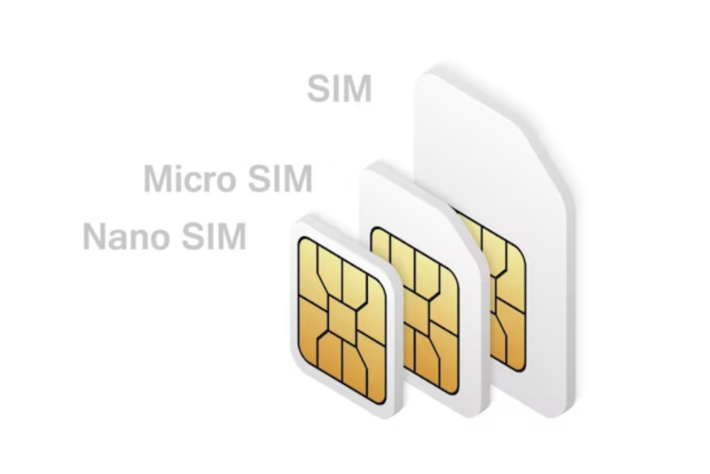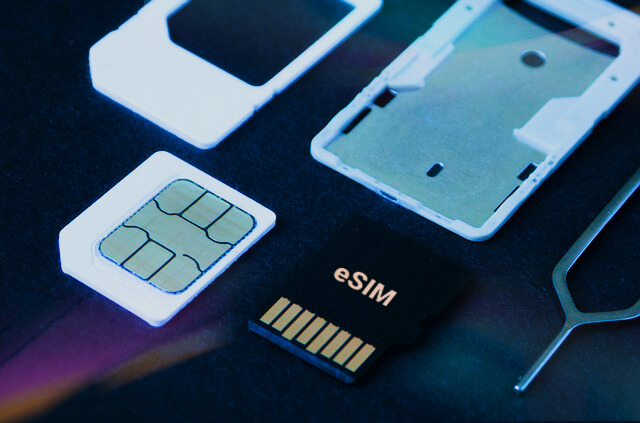With the continuous race for slimmer and more sophisticated smartphones, in the early 2010s Apple unveiled the Nano-SIM or 4FF (Fourth Form Factor) SIM card. Smaller than ever, the Nano-SIM was the most futuristically compact SIM card at the time. The Nano-SIM (4FF) was developed to meet industry demands for even more compact designs without compromising functionality. In this article, we focus on the evolution, features and lasting impact of the Nano-SIM (4FF).
The inception of Nano-SIM cards
In the wake of ever-smaller smartphones becoming thinner, lighter and more powerful, interior space has been an increasingly scarce and precious commodity. Designed to make the best use of available space, permitting smaller phones to house larger batteries, more advanced sensors and other bleeding-edge components, the Nano-SIM was born.
Design and dimensions
The smallest traditional SIM card form factor, the Nano-SIM card, comes in at 12.3mm x 8.8mm. However, its contact area has hardly shrunk, making it as compatible with networks as the original 50mm x 25mm card.
Storage and functionality
But the Nano-SIM, an even tinier version of the existing SIM card, holds as much information as the original, encompassing the all-important IMSI and authentication keys, as well as a small amount of user data such as contact lists and text messages. It shows just what the industry can do to shrink technology without diminishing functionality.
The impact of Nano-SIM cards
Empowering sleek device design
Thanks to its tiny form factor, the Nano-SIM has become a key enabler in several recent advances of the modern smartphone. It has contributed to the manufacture of the ultra-thin and light devices we are now able to carry in our pockets and purses, giving room for further innovation in terms of device design.
The transition to Nano-SIM
Once again, users and network operators had to manage the transition to a smaller Nano-SIM card. The logistical details of switching SIM cards might have been a hassle, involving trips to the mobile network shop for a new Nano-SIM or otherwise requiring consumers to use adaptors so that devices designed for larger SIM cards (the Micro-SIM size) hold the SIM card. But few would object that the movement to smaller SIM cards was helpful.
Precursor to future innovations
The GSMA’s Nano-SIM standard paved the way for these further developments, making the clear case for why the next step in SIM technology would be embedded SIM (eSIM) technology. It also created the trajectory that would lead to integrated, embedded connectivity.
In summary
- Characteristics:
- Facilitates the design of slim, feature-rich devices
- Despite the reduced size, it maintains the functionality of its predecessors
- Usage and features:
- Standard in modern smartphones, allowing for more significant internal component space
- Provides the same functionality as its predecessors but in the smallest physical form
- Pros:
- Maximises internal space for other components in devices
- Reduced plastic waste compared to larger SIM cards
- Cons:
- Easy to lose due to small size
- Requires precision manufacturing, increasing production complexity
Comment on this article via X: @IoTNow_











